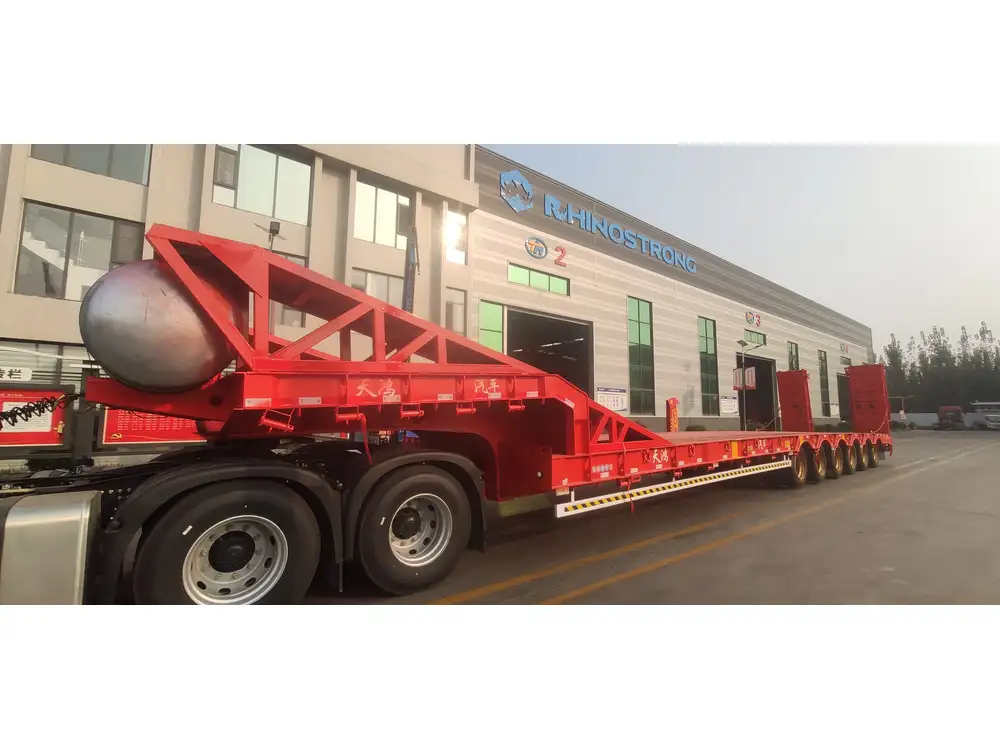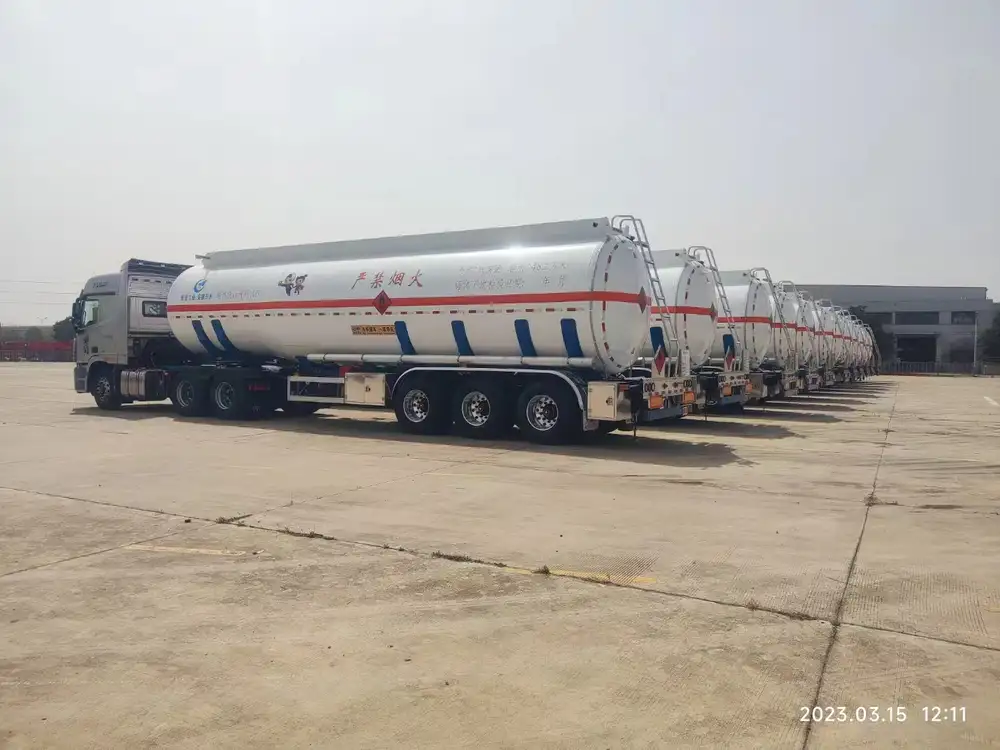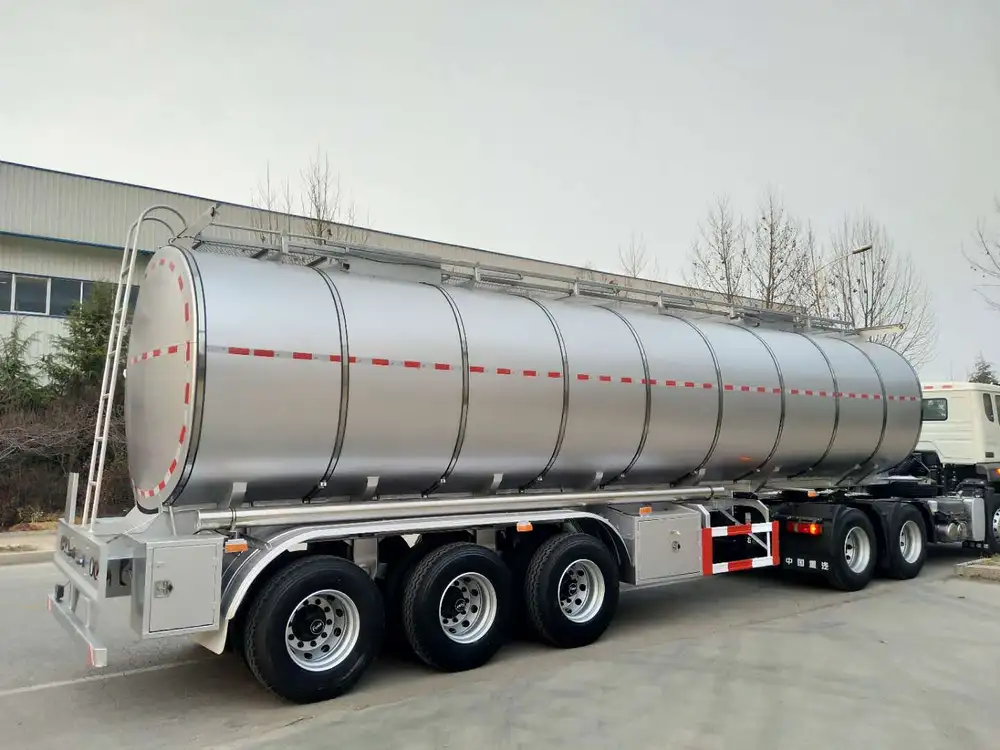Introduction to Semi-Trailer Wheel Bearings
In the realm of semi-trailer manufacturing and maintenance, the integrity of wheel bearings is paramount. These critical components serve as the central link between the wheel and the axle, allowing for smooth rotation and load distribution. However, over time and through certain conditions, bearings can become loose, leading to significant performance issues and safety hazards. Understanding the mechanics behind how bearings loosen in semi-trailer wheels is essential for both manufacturers and operators, providing insights into preventative measures and maintenance practices.
The Anatomy of Semi-Trailer Wheel Bearings
Before diving into the factors that contribute to loosening bearings, it’s essential to familiarize ourselves with the anatomy of wheel bearings. Here’s a breakdown of the key components:
| Component | Description |
|---|---|
| Inner Race | Fits snugly onto the axle, providing a smooth surface for the rolling elements. |
| Outer Race | Sits inside the wheel hub, allowing the inner race and rolling elements to operate. |
| Rolling Elements | Typically made of steel balls or rollers, these facilitate movement between the inner and outer races. |
| Retainer | Ensures that rolling elements are evenly spaced, aiding in balance and integrity. |
| Seal | Protects against dirt and moisture, crucial for extending the lifespan of the bearing. |

Why Bearings Loosen: Common Causes
1. Improper Installation
One of the primary causes of loosened bearings is improper installation. When bearings are installed too loosely or without the correct torque specifications, they may not seat properly, leading to premature wear and eventual loosening.
- Importance of Correct Torque: The torque applied during installation must meet manufacturer specifications. Exceeding or falling short of these specifications can compromise bearing security.
2. Wear and Tear
Ordinary wear is inevitable. Over time, exposure to friction, heat, and environmental factors can lead to deterioration.
- Factors Contributing to Wear:
- Load Variability: Consistent overloading causes excessive pressure on the bearings, accelerating wear.
- Heat Generation: Continuous friction increases temperatures, which can lead to thermal expansion and eventual loosening.

3. Poor Maintenance Practices
Lack of regular maintenance often results in grease depletion and the ingress of contaminants, both of which can severely impact bearing performance.
- Recommended Maintenance Practices:
- Regular Inspections: Conduct thorough inspections as part of routine maintenance to identify potential issues early.
- Greasing Schedule: Follow a strict greasing schedule and use the appropriate lubricant to ensure that bearings remain adequately lubricated.
4. Environmental Conditions
Exposure to harsh environmental conditions can impact bearing integrity.
- Environmental Factors:
- Moisture and Corrosion: Water ingress can lead to rust, while debris accumulation can obstruct proper function.
- Temperature Fluctuations: Bearings should be monitored closely during extreme temperature changes, which can cause materials to expand or contract.
5. Vibrations and Impacts
Semi-trailers are subject to varying degrees of vibrations, especially during transport over rough terrains.
- Impact of Vibrations: Continuous vibrations can lead to misalignment, thus loosening the bearings over time.
- Preventive Measures:
- Shock Absorbers: Installing effective shock-absorbing systems helps to mitigate the effects of vibrations.
- Regular Monitoring: Engineers should monitor the integrity of the suspensions to minimize potential damage.

6. Design Flaws
Inadequate design can also contribute to the likelihood of bearing loosening.
- Critical Design Considerations:
- Material Selection: The choice of materials for both the bearings and the housing needs to support the intended application.
- Quality Control: Ensuring that every component meets stringent quality standards is crucial for longevity and performance.
Symptoms of Loosening Bearings in Semi-Trailers
Recognizing the symptoms of loosening wheel bearings promptly can prevent serious accidents and costly repairs. Here are the signs to watch for:
- Unusual Noises: A grinding, whining, or rumbling noise while the trailer is in motion can indicate bearing failure.
- Vibration: If there’s noticeable vibration in the steering wheel or the trailer body, it might be a sign of bearing looseness.
- Heat: Excessive heat emanating from the wheel area can indicate that the bearings are not functioning properly.
- Wheel Play: Excessive lateral movement of the wheel can be a direct indicator of loose bearings.
Diagnostic Procedures for Bearing Issues
To effectively address bearing loosening, a systematic diagnostic approach should be undertaken.

Step 1: Visual Inspections
Begin by inspecting the wheel and hub assembly for signs of damage, rust, or debris. Pay careful attention to the seals and grease.
Step 2: Temperature Checks
Use an infrared thermometer to check the temperature of the wheel hub while in motion. Elevated temperatures often point to bearing issues.
Step 3: Physical Play Assessment
Lift the trailer with a jack and check for excessive play in the wheel assembly. Any noticeable play indicates bearing loosening.

Step 4: Audio Diagnostics
Utilize a stethoscope or similar tool to listen for unusual noises during wheel rotation. Identifying these sounds can help pinpoint the issue.
Maintenance Strategies to Prevent Bearing Loosening
1. Routine Inspection and Maintenance
Establish a strict schedule of checks for wheel bearings, focusing on torque specifications during installations.

2. Greasing Practices
- Quality of Lubricant: Invest in high-quality lubricants designed specifically for heavy-duty applications.
- Grease Levels: Regularly check and replenish grease levels to ensure proper protection against wear and corrosion.
3. Load Management
Consistently monitor the loads being carried by semi-trailers.
- Weight Distribution: Ensure that loads are evenly distributed to avoid excessive stress on any particular bearing.
4. Use of Technology
Incorporate sensors and diagnostic tools to monitor the condition of wheel bearings.
- GPS Tracking: Combining load and travel data with real-time diagnostics allows for precise analysis of bearing performance.

Conclusion
The profundity of issues related to loosening bearings in semi-trailer wheels can lead to safety hazards and significant operational costs. Understanding the causes, symptoms, and preventative measures is essential to maintaining functionality and longevity. Regular maintenance, proper installation, and environmental considerations can significantly mitigate the risk of bearing loosening. By implementing these strategies, manufacturers and operators of semi-trailers can enhance performance, safety, and reliability on the road. This diligence not only fosters operational efficiency but ensures safety at every turn, ultimately enhancing the entire logistics and transportation ecosystem.



